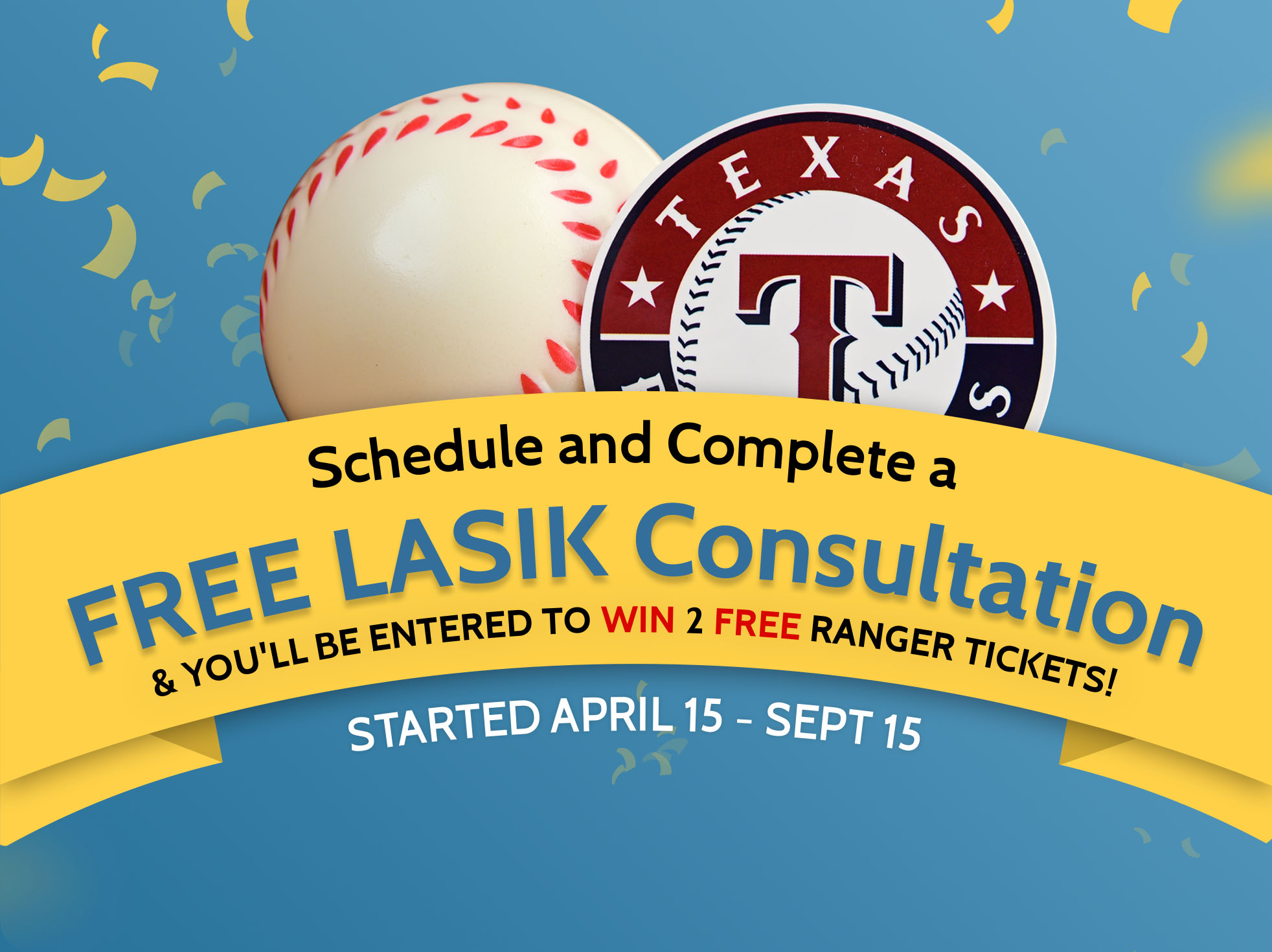Cataracts or Presbyopia? How to Tell the Difference and What to Do
As we age, changes in our vision are common. Blurry reading vision, difficulty focusing on objects up close, or struggling to see clearly at night could be signs of two age-related conditions: cataracts and presbyopia. While these conditions share some symptoms, they are distinct in nature, progression, and treatment. So how can you tell the difference? And what steps should you take to improve your vision? Let’s break it down.
What is Presbyopia?
Presbyopia is a natural part of aging that typically begins in your early to mid-40s. It occurs when the eye’s natural lens becomes less flexible, making it difficult to focus on close-up tasks like reading, sewing, or using your smartphone.
Symptoms of Presbyopia:
– Difficulty reading small print
– Holding reading material farther away to see it clearly (“long-arm syndrome”)
– Eye strain or headaches after reading or doing close-up work
– Trouble seeing clearly in dim light
Treatment Options for Presbyopia:
Reading Glasses or Bifocals: Prosthetic fix that can help you see better.
Refractive Surgery: Procedures like LASIK, PRK, or Monovision LASIK can improve near vision by correcting one eye for close-up tasks and the other for distance vision.
Custom Lens Replacement (CLR): This procedure goes to the root of the cause & replaces the aging lens with a multifocal lens implant, improving both near and far vision (depending on the lens chosen).
What are Cataracts?
Cataracts develop when the eye’s natural lens becomes cloudy, typically due to age-related changes. This condition often appears in people over 60, but it can sometimes develop earlier due to genetics, diabetes, or prolonged UV exposure.
Symptoms of Cataracts:
– Blurry or hazy vision
– Sensitivity to light and glare
– Difficulty seeing at night, especially while driving
– Colors appearing faded or yellowed
– Needing frequent prescription changes for glasses or contacts
Treatment for Cataracts:
Cataract Surgery: The only effective treatment for cataracts is surgery, where the cloudy lens is removed and replaced with a clear artificial lens (intraocular lens or IOL). The procedure is quick, painless, and has a high success rate. Depending on the type of IOL chosen, you may also correct presbyopia or astigmatism during the surgery.
How to Tell the Difference Between Cataracts and Presbyopia
While both conditions affect your vision, there are key differences:

An eye exam will help determine the exact cause of your symptoms.
What to Do if You’re Experiencing Vision Changes
- Schedule a Comprehensive Eye Exam: The first step in determining whether you have presbyopia, cataracts, or both is to get a thorough eye exam with a trusted ophthalmologist. Early detection is key to maintaining clear vision.
- Discuss Your Lifestyle and Vision Goals: Whether you love reading, enjoy sports, or need clear vision for work, your eye care provider can recommend a treatment plan tailored to your needs.
- Explore Advanced Vision Correction Options: Modern technology offers a variety of solutions, from lens implants that correct presbyopia to laser surgery that restores crisp vision. At Tylock George Eye Care, our expert surgeons can guide you through these options and help you achieve the best possible outcome.
Take the Next Step Toward Clear Vision
Don’t let vision changes slow you down. Whether you’re dealing with presbyopia, cataracts, or both, you deserve clear, comfortable vision. At Tylock George Eye Care, we’re here to help you see your best at every stage of life.
Ready to take the first step? Schedule your comprehensive eye exam today and learn how our personalized treatments can restore your vision—and your quality of life.
**Contact Tylock George Eye Care:**
📞 Call us at (469) 242-2020
We look forward to helping you experience life with clear, vibrant vision!












